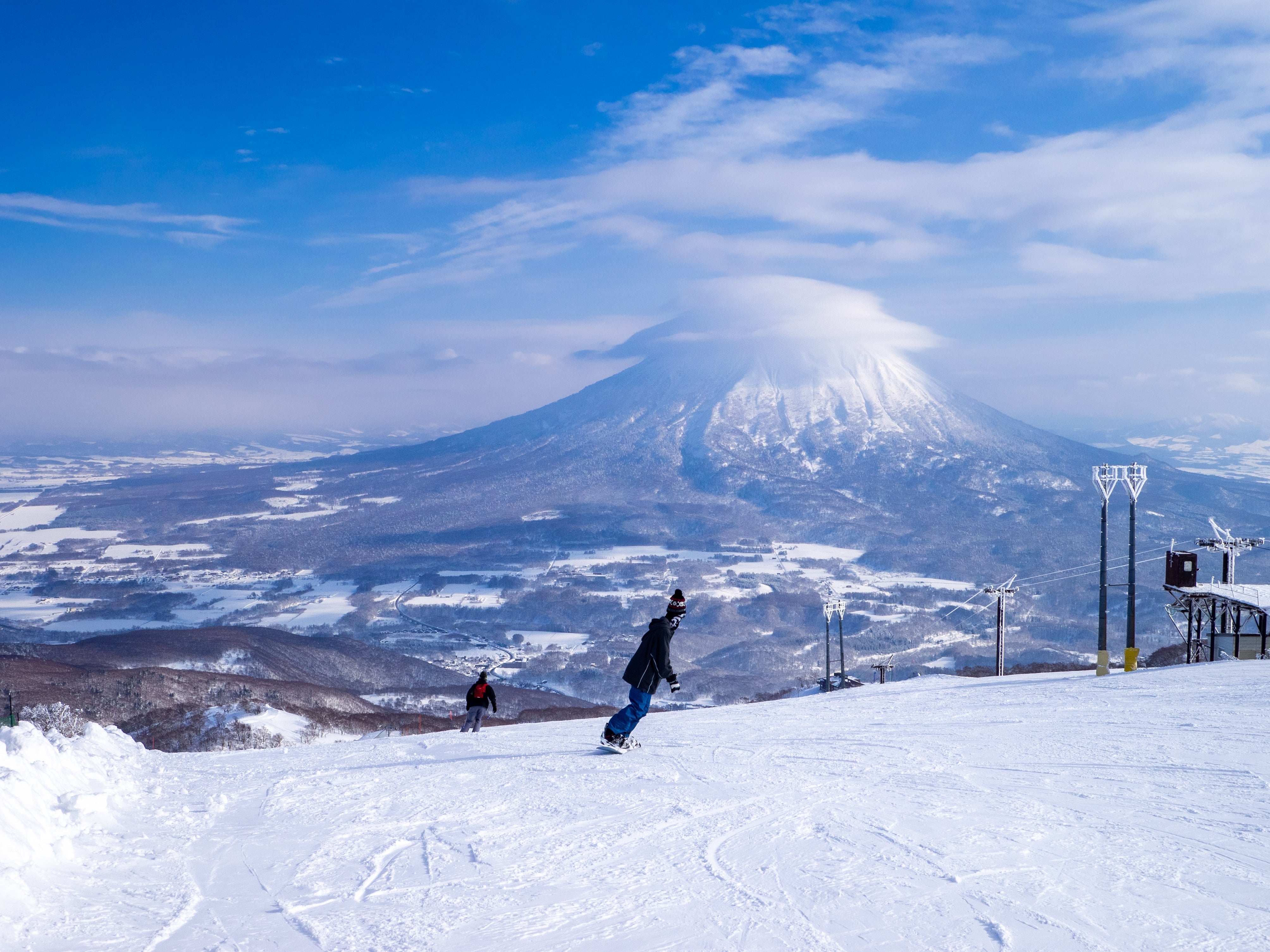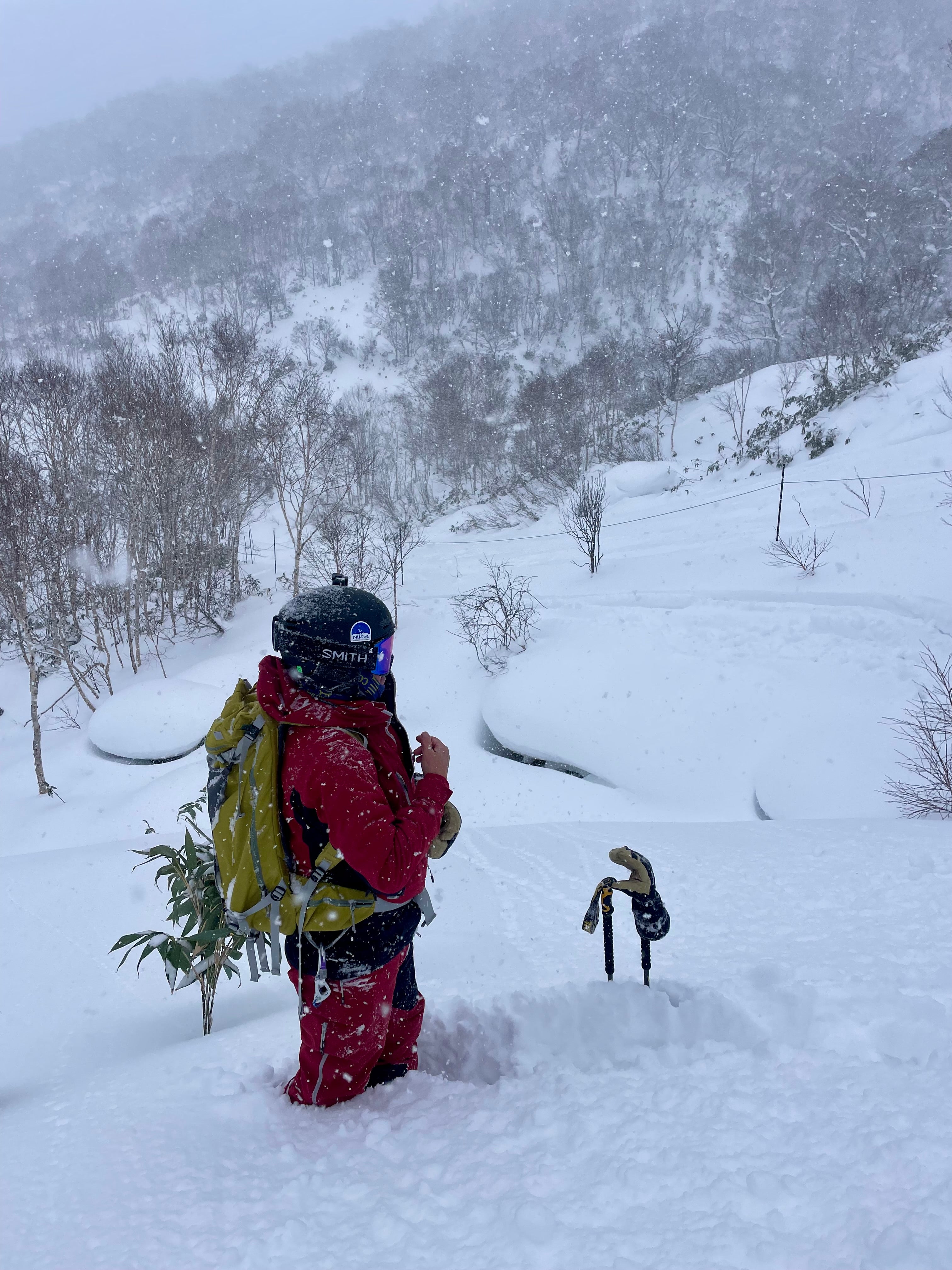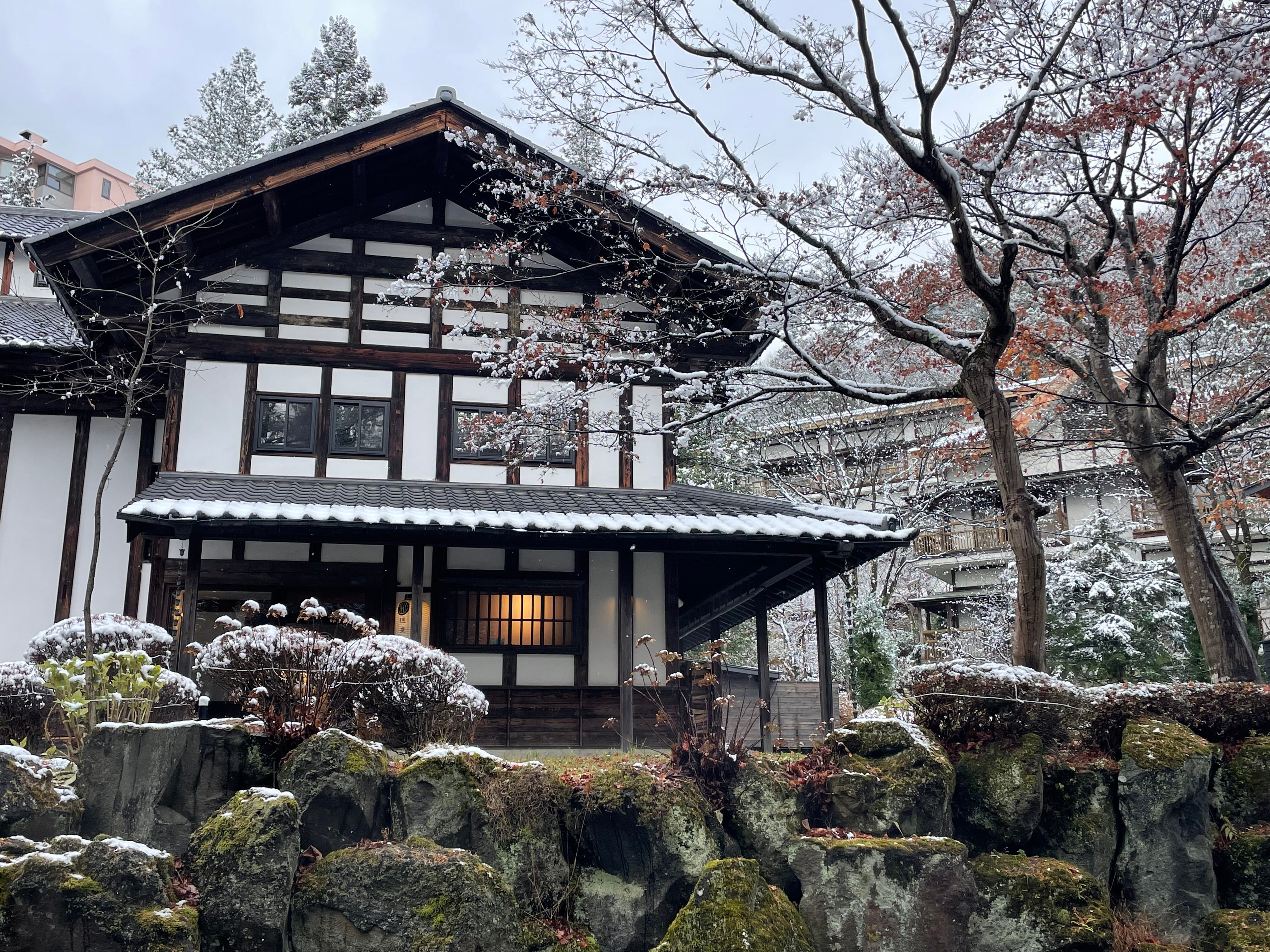Your support helps us to tell the story
From reproductive rights to climate change to Big Tech, The Independent is on the ground when the story is developing. Whether it’s investigating the financials of Elon Musk’s pro-Trump PAC or producing our latest documentary, ‘The A Word’, which shines a light on the American women fighting for reproductive rights, we know how important it is to parse out the facts from the messaging.
At such a critical moment in US history, we need reporters on the ground. Your donation allows us to keep sending journalists to speak to both sides of the story.
The Independent is trusted by Americans across the entire political spectrum. And unlike many other quality news outlets, we choose not to lock Americans out of our reporting and analysis with paywalls. We believe quality journalism should be available to everyone, paid for by those who can afford it.
Your support makes all the difference.Read more
Gliding through waist high powder, weaving between bamboo as a light dusty of snow drifts from a grey sky, it’s easy to see why Niseko has become such a popular ski region. Out on these slopes, you’ll hear plenty of Australian accents, a smattering of American and the odd British – as skiers and snow boarders from across the globe have felt the lure of Japan’s mountains.
Thanks to the superb snow conditions, skiers are increasingly swapping European and North America resorts in favour of the peaks of East Asia – and Niseko on the island of Hokkaido in the north of Japan is a clear favourite. It’s a far cry from the charming chalets of the French resorts and of the fairytale villages of the Swiss mountains, but it has its own very special appeal.
Spread across four resorts on the Annupuri Mountain – Hanazono, Grand Hirafu, Niseko Village and Annupuri – Niseko’s surging popularity among tourists in the past decade means that there’s a slick ski infrastructure that includes well connected modern lifts and bus routes that link up the bases of the ski areas. This is on top of a range of accommodation options – including the towering Hilton that rises imposingly in the centre of Niseko Village – and dining that ranges from family-run izakaya and pizza joints to hipster cafes and Michelin-starred dining.

open image in gallery
Niseko has excellent ski conditions and a wide range of accomodation, making it a popular choice for tourists (Shutterstock)
Read more: The little-visited region that could solve Japan’s overtourism problem
While there’s plenty of challenging backcountry for advanced skiers, the off-piste by the slopes is more accessible than you’ll find in Europe, with shorter sections allowing less experienced skiers to take advantage of the legendary powder. On-piste, the snow is thick, fluffy and a dream to ski, and the slopes are far less crowded than most European resorts. Queues at lifts are minimal, and there are only a scattering of skiers and snowboarders on each run.
One of the greatest joys of skiing in Niseko – although less high-adrenaline – is the night skiing. While in Europe, skiers will be back in their chalets by 5pm or drinking gluhwein in the village, in Niseko a few low pistes are open long into the evening. It’s near-deserted by the time I take my last run of the day and magical to be skiing alone below the soft glow of the piste lights.
Rather than spend my entire trip in Niseko – which was certainly tempting – I also travelled to the mountains of Shiga Kogen in the highlands of Nagano Prefecture in central Japan. While popular among Japanese tourists (helped by the fact it’s just a couple of hours from Tokyo on the bullet train), these slopes don’t draw the same numbers of foreign skiers and have a much more local feel.

open image in gallery
The backcountry skiing in Niseko is legendary (Annabel Grossman / The Independent)
Read more: Why you should experience Tokyo by bike
I was travelling with Wayfairer Travel, which specialises in tailor-made stays to awe-inspiring destinations, and the company’s CEO Jason Steven had explained to me the appeal of travelling to a more local resort.
“We have a very strong team of Japan ski specialists at Wayfairer Travel and it’s always been part of Wayfairer’s mission to shine a light on lesser known ski resorts,” he said.
“Whilst many of our clients want to experience Niseko’s legendary powder and vibrant international energy, we encourage them to visit less touristy ski resorts that showcase the soul of the country. We include Shiga Kogen in our itineraries because it offers a refreshing contrast to Niseko – it’s “Old Japan” – tranquil, local and unspoiled.”
And Shiga Kogen certainly has soul. While there are plenty of hotels in the mountains where you can step straight onto the slopes, I stayed in Yamanouchi, roughly an hour’s bus ride from the resorts, which has a rich history as a spa town.

open image in gallery
Yamanouchi is the gateway to the Shiga Kogen ski region (Annabel Grossman / The Independent)
Read more: Turkey’s best-kept secret lies in its playground of perfect snow
Yamanouchi is perhaps best known for its snow monkeys – the Japanese macaque that are drawn to the hot springs – but I’d give these a miss. It’s an Insta-favourite spot thanks to the photos you can snap of these fascinating animals bathing against a snowy backdrop, but is also very touristy. Far better to spend your time among the peaks or exploring the town. Thanks to its hot springs, which are renowned for healing and relaxation, this region has been visited by travellers for over a thousand years, with a number of onsen (Japanese spa) villages emerging. Wandering through Shibu Onsen along cobblestone streets, I watched visitors in yukata robes and wooden geta sandals passing between the different wooden bathing houses while the December snow softly fell.
My home for a few days was Ryokan Biyunoyado, a traditional Japanese ryokan where you sleep on futon bedding and eat at the hotel restaurant that serves Japanese breakfasts (usually consisting dishes like of miso soup, pickled vegetables, steamed rich and seaweed) and Kaiseki multi-course dinners, using ingredients sourced locally.
It’s not just the cultural offering that makes Shiga Kogen so appealing, the skiing truly is world-class. Despite not drawing the same numbers or foreign tourists as the northern island, it is actually the largest combined ski area in Japan, made up of 18 resorts and covered by a single ski pass. It also hosted the Winter Olympics in 1998.

open image in gallery
Yamanouchi is known for its traditional onsen villages where guests can relax in hot springs (Annabel Grossman / The Independent)
Read more: The best Japanese destination swaps
Like Niseko, that silky powder snow is truly wondrous. The lifts are older, the infrastructure not as modern, and the rental gear rather dated, but the ski access is excellent and you feel a world away from the commercialised resorts in North America. Here, you’ll step off the slopes and eat sukiyaki udon and tonjiru in the cafes and sip on sake for your apres.
Ultimately, for me it comes down to the landscapes and the skiing – and that powder snow in Niseko is like a drug. I’m high on the thrill of it. Thanks to night skiing, I soak up every moment on the slopes rather than head to the onsen. Shiga Kogen’s slopes just can’t compare.
But for the blend of culture, cuisine, relaxation and powder snow, Yamanouchi offers something truly special Plus, you’re just a bullet train away from Tokyo, which means you can easily tack a couple of days skiing onto a city break.
Alternatively – and preferably – do what I did: spend a few weeks in Japan and include both.
Annabel’s trip to Japan was supported by Wayfairer Travel.
Wayfairer’s 10-day Japan Ski & Culture Tour features five nights of world-class Japan skiing – including a backcountry tours and a snowmobile adventure – as well as a luxury Tokyo tour and a traditional ryokan and food tour. Trips are tailor-made and Prices start at £8,799pp.
Read more: What it’s like to hike Japan’s ancient Kumano Kodo trail


AloJapan.com